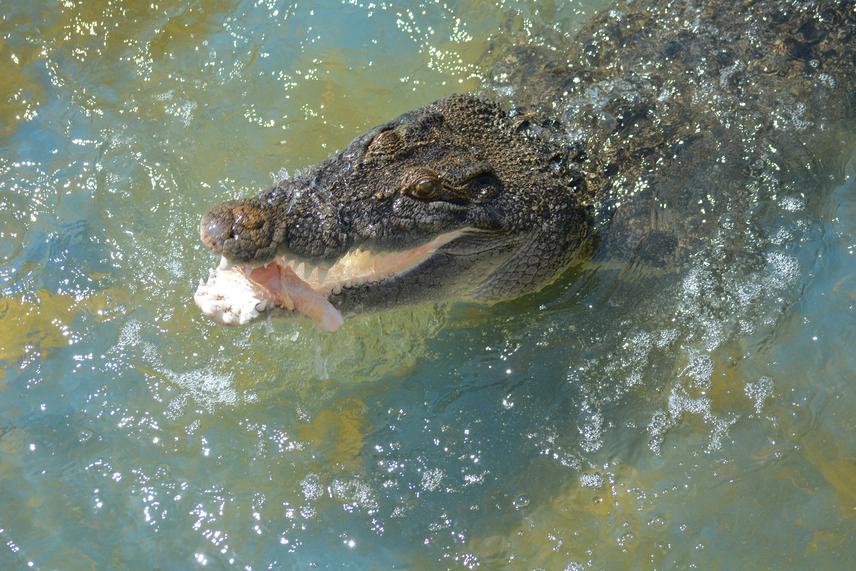Sebastian Brackhane
We aim to establish a cost-effective community-based monitoring system (CBMS) and Citizen Science -project to enable a first nation-wide crocodile monitoring and to provide a risk information platform at local and national level.

Human-crocodile conflict is increasing in Timor-Leste. Our previous research indicates at least 123 victims of crocodile attacks between 2007 and 2014 and that rural communities relying on subsistence fishing were the most affected. The post-conflict country Timor-Leste lacks the financial and technical capabilities for a comprehensive monitoring of its crocodile population and the country´s attack hotspots. As a consequence, Crocodylus porosus´ population in Timor – Leste is not listed in any IUCN Red List category nor is it part of CITES. A complex animistic belief system impedes the development of a sound crocodile management regime. Especially in rural communities, animistic beliefs outlasted missionary work and crocodiles are still worshipped as ancestors based on the country´s creation myth “Lafaek Diak – The Good Crocodile”. This calls for the integration of local stakeholder and traditional knowledge holder into the monitoring and management process.
We aim to establish a cost-effective community-based monitoring system (CBMS) and Citizen Science -project to enable a first nation-wide crocodile monitoring and to provide a risk information platform at local and national level. The planned activities include:
• The development of a data infrastructure for (community-based) crocodile monitoring including community maps, a database and a website to publish data and raise public awareness.
• The provision of workshops to teach geographic information systems (GIS) and database management to relevant staff from MCIE and UNTL.
• The implementation of a participatory mapping approach in at least four communities affected by human-crocodile conflict.
• Online and field surveys on the cultural significance of crocodiles among the Timorese society to allow for tailored crocodile management with respect to local customs and cultural attitudes.
Finally we would like discuss whether data assessed through community-based monitoring can supplement professional monitoring schemes in the context of IUCN Red List, CITES or IPBES.